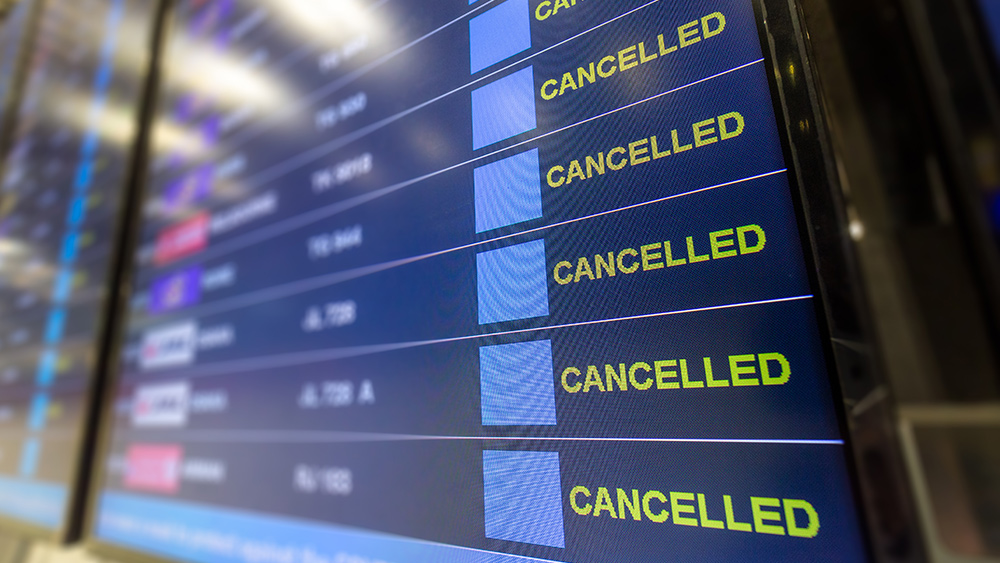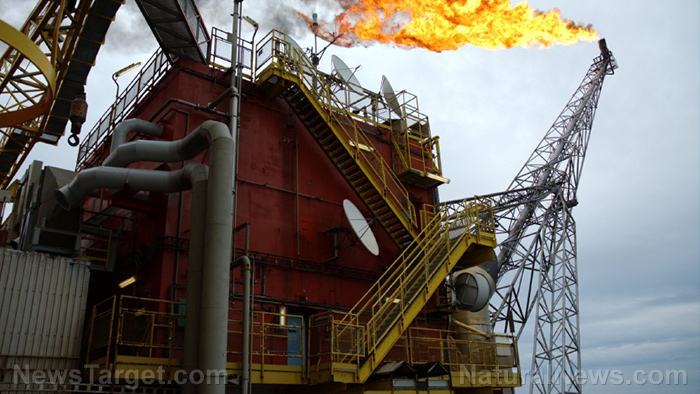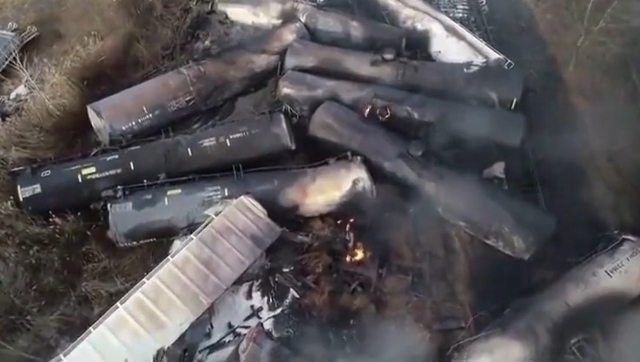Thousands of flights canceled and delayed as massive winter storm engulfs America
02/27/2023 / By Belle Carter

A total of 1,775 in-and-out-of-the-country flights had been canceled while 7,133 flights were delayed on Wednesday, Feb. 22, as massive winter storms threaten to bring record snowfall across the United States. The disruptions continued through the next day, with 1,169 cancellations and 8,095 delayed flights.
The National Weather Service (NWS) issued winter storm, blizzard and high-wind advisories for swaths of the western and north-central U.S., with a warning that the bad weather condition could extend until the this week.
Flight tracking site FlightAware reported that airlines Skywest, Delta, China Eastern and Southwest have the highest number of canceled flights from Wednesday to Thursday, Feb. 23, impacting between seven and 19 percent of the scheduled flights.
The site also listed the highest number of cancellations by airport: Minneapolis-St. Paul International Airport (MSP) had 205 outgoing and 223 incoming flights canceled Wednesday, while Denver International Airport (DEN) and Detroit Metropolitan Wayne County Airport (DTW) each had more than 100 outgoing or incoming flights canceled on the same day. On Thursday, MSP, Portland International Airport (PDX) and Toronto Pearson International Airport (YYZ) were listed to have the most canceled flights and delayed flights.
Southwest Airlines issued winter weather waivers for about a dozen airports. Delta Air Lines also sent out waivers for Upper Midwest winter weather and Rockies and Mountain regions winter weather. American Airlines and United, meanwhile, distributed winter weather waivers for travel this week.

The Department of Transportation said people whose flights were canceled can request a refund, regardless of the type of ticket booked.
Worst won’t be over for several days, warns NWS
The brutal winter storm knocked out power in California. By Wednesday evening, more than 65,000 customers in the state were without electricity, according to PowerOutage.us. The site also said more than 192,000 customers in Michigan and nearly 89,000 in Illinois were also without electricity.
Meanwhile, Wyoming’s Transportation Department posted on social media that roads across much of the southern part of the Cowboy State were impassable.
Flood watches and warnings were also in effect for some coastal regions and valleys and the potential for heavy rainfall causing flooding and debris flow in some areas burned by wildfires in recent years. Forecasters even predicted that coastal areas could see 10-foot waves.
Moreover, evacuation warnings were issued in Ventura County for four areas that were considered unstable after being hit hard by storms last month.
On Friday, Feb. 24, forecasters urged mariners near the coast of the state’s San Luis Obispo and Santa Barbara counties to “seek safe harbor immediately,” warning of severe thunderstorms that could produce sudden waterspouts powerful enough to “easily overturn boats.” The two counties are also at risk of seeing small tornadoes on land.
In the northern U.S., more than 18 inches of snow may pile up in parts of Minnesota and Wisconsin, the weather service agency said Wednesday evening. According to the weather service, the biggest snow event on record in the Twin Cities was 28.4 inches from Oct. 31 through Nov. 3, 1991. (Related: Heat, shelter and survival: 22 Winter safety tips for preppers.)
Visit Dangerous.news for more stories about dangerous situations and incidents.
Watch the podcast below that talks about the deadly ice storm in Texas that caused power outages and canceled flights.
This video is from the Evolutionary Energy Arts channel on Brighteon.com.
More related stories:
First time since 9/11: All flights in US grounded at the same time due to FAA system outage.
United Airlines flight returns to airport following midair fire incident.
Amazon, DHL reduce cargo flights as consumer demand weakens.
Shortage of plastic could force a “big fight for materials” after Texas winter storm
Sources include:
Submit a correction >>
Tagged Under:
airline industry, aviation industry, bad weather, big government, Blackouts, canceled flights, chaos, Collapse, Dangerous, delayed flights, disaster, environment, evacuation, floods, panic, risk, snowstorm, tornado, transportation, winter storm
This article may contain statements that reflect the opinion of the author




















